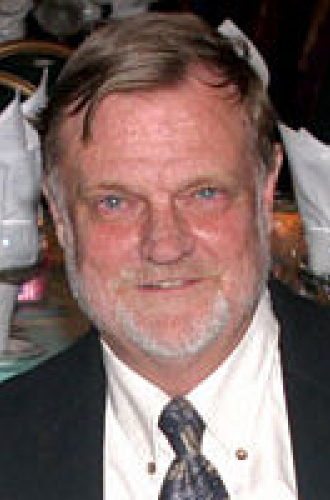-

-
Henry R Bose
Professor Emeritus
Molecular Biosciences
Mary M. Betzner Morrow Centennial Chair in Microbiology (Emeritus)-
Research Summary:
A long standing interest of this laboratory has been to define the mechanism of transformation by the v-rel oncogene. v-rel is the acutely transforming member of the Rel/NF-kB family of transcription factors which play a key role in the regulation of genes involved in proliferation, apoptosis, and defense responses. Central to understanding the mechanism by which v-rel transforms cells is the identification of target genes which contribute to the transformed phenotype. One of the v-rel target genes is TERT, which encodes the catalytic subunit of the telomerase complex. Telomerase is responsible for maintaining telomere length but also functions to enhance cell proliferation and protect cells from apoptosis. The activation of telomerase is required for both the initiation and maintenance of the v-rel transformed state.
TERT is expressed principally as alternatively spliced forms (AS) in both chicken and human cells. Most of the TERT isoforms contain premature stop codons (PTC) or deletions and would be expected to be degraded by nonsense mediated RNA decay (NMD). We have recently identified a protein coding spliced TERT variant in chicken and human cells which stimulates cell proliferation in the absence of telomerase activity. We have also shown that in cells where the 3' untranslated region (UTR) of TERT is overexpressed cell proliferation is stimulated; whereas suppression of the levels of the AS TERT variants reduces the proliferation of both chicken and human cells. The 3' UTR is a known target for gene regulation by microRNAs (miRNA). We hypothesize that the binding of miRNA to the 3' UTR of the AS variants prevents their destruction by NMD, accounting for their high levels of expression in most cell types. The binding of miRNAs to the 3' UTR of AS TERT variants would also reduce the cellular pool of miRNA that participates in the negative regulation of cell proliferation. Consistent with this suggestion, we have shown that a number of genes involved in proliferation are activated in cells overexpressing the TERT 3' UTR. Our long term research goals are to define the function of AS TERT variants and assess whether they participate in the regulation of gene expression by miRNAs.
-
Publications:
2009 Nehyba, J., Hrdličková, R. and Bose, H.R., Jr., Dynamic evolution of immune system regulators: The history of the interferon regulatory factor family, Mol. Biol. Evol. 11: 2539-2550
2009 Hrdličková, R., Nehyba, J. and Bose, H.R., Jr. , Regulation of telomerase activity by Interferon regulatory factor 4 and 8 in immune cells, Mol. Cell Biol. 29: 919-941
2006 Hrdličková¡ R, Nehyba J, Liss AS, Bose HR Jr., Mechanism of telomerase activation by v-Rel and its contribution to transformation, J Virol 80: 281-295
-














